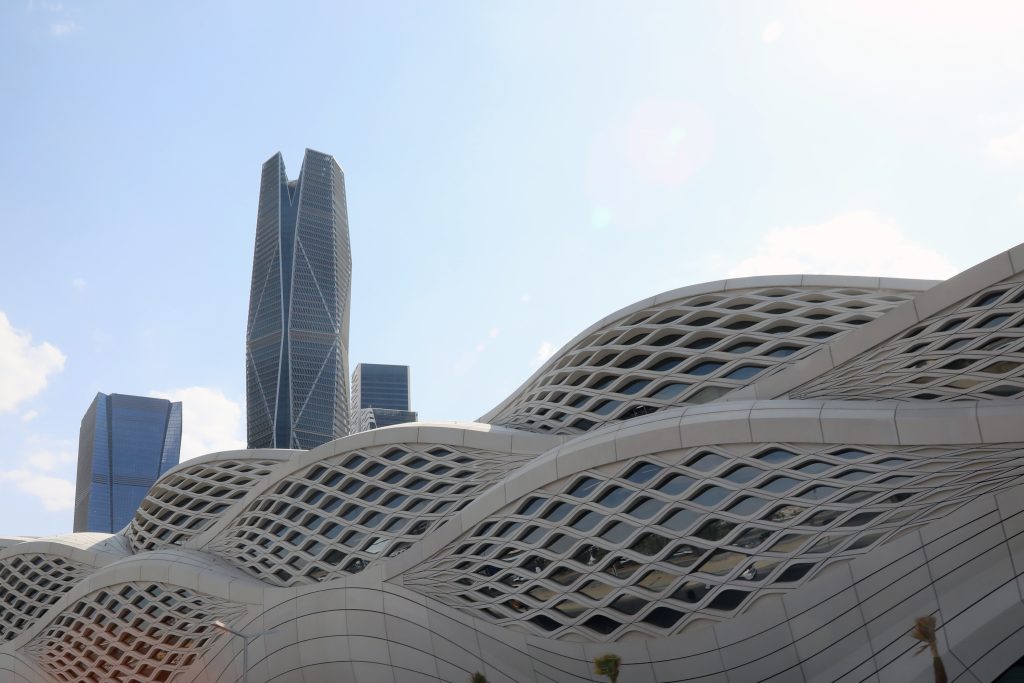Saudi Arabia’s Public Investment Fund (PIF) has surpassed $1 trillion in assets in 2024, reflecting its rapid growth as the country’s main economic driver. Despite this milestone, the fund’s net profit dropped sharply by 60% from the previous year, reaching 25.8 billion riyals ($6.9 billion). The decline was attributed to higher interest rates, inflation, and increased costs on several major projects.
The PIF plays a central role in the kingdom’s Vision 2030 initiative, which seeks to diversify the economy beyond oil. Investments span from traditional sectors like agriculture to large-scale developments such as NEOM, a planned city on the Red Sea coast. Adjustments to project timelines and rising expenses have impacted the fund’s financial results, as noted by analysts.
Total assets managed by the PIF rose 18% to 4.32 trillion riyals over the past year. The fund’s income is largely supported by dividends from key holdings, including Saudi Aramco and Saudi National Bank. While cash reserves held steady at 316 billion riyals, the fund’s borrowings slightly increased to 570 billion riyals.
Recent financial statements also revealed a shift from last year’s comprehensive income of 138.1 billion riyals to a significant loss of 140 billion riyals, reflecting changes in asset values and unrealized gains and losses.
The PIF remains a cornerstone of Saudi Arabia’s economic transformation, navigating challenges as it manages a diverse and expanding portfolio.
